Practical and Cost Efficient Way For DIY Home Insulation
Home insulation purposes to maintain the best temperature in the house by blocking heat from escaping outside. It keeps the house warm in the winter and cools in the summer. Also, home insulation is seen as a tool to lower energy bills and protect your house from mold. Installing insulation is usually easy and does not necessitate collaborating with a professional firm. Therefore, you can do it yourself without help.

What are the Different Types of Home Insulation?
Many people nowadays desire an environmentally-friendly home due to the sense of responsibility to nature. And they prioritize green home solutions to use energy more efficiently. Home insulation is one green home solution that enables you to reduce your carbon footprint and provide energy sustainability. Home insulation helps you reduce the use of energy and lower your bills. Because uninsulated roofs, walls, and floors may cause a great amount of heat loss.
Here are different types of home insulation to have an idea of which one is the best for your house:
Loose Fill Insulation:
Loose fill insulation is also known as blown-in insulation and is sprayed through special equipment. R-values range from R-2.2 to R-3.8 for this insulation type. Loose-fill insulation is made of fiberglass, cellulose, or mineral wool. They are usually preferred for attics and hard-to-reach areas. Also, you can prefer loose-fill insulation if there are cavities on the wall. To have loose-fill insulation installed, you can work with professionals or buy the necessary equipment to work by yourself. This type of home insulation material has mid-range prices.
Insulation Batts:
Insulation batts are primarily suitable for incomplete walls, floors, and ceilings. It is a type of insulation blanket with fiberglass, mineral wool, cellulose, natural fibers, and plastic versions of it. Insulation batts are assembled in pieces, and you can assemble them by yourself since they are DIY-friendly. R-values for regular fiberglass batts range from R-2.9 to R-3.8. However, high-density insulation batts may have higher R-values, such as R4.3.
Rolled Insulation:
Rolled insulation is also a type of insulation blanket, and they are in a rolled form with a length of 20-40 feet. Rolled insulation is rolled out between the wall and the ceiling framing. In the sense of effectivity, rolls are more effective than insulation batts because they do not leave any room between sections. Rolled insulation is DIY-friendly, so you can do it by yourself. You do not need professionals while installing it. R-value ranges for rolled insulation from R-2.9 to R-3.8. Also, it offers affordable home insulation.
Foam Board Insulation:
Foam boards are also known as insulating boards. They are tough panels with a high R-value and are made of polystyrene, polyisocyanurate, or polyurethane. Foam boards are the most common type of home insulation material. Because they can be assembled in any room in the house.
Spray Foam Insulation:
Spray foam insulation is found in liquid form and made of latex or polyurethane. It expands and toughens to fill the gaps in oddly shaped or hard-to-reach areas. You can buy it in a spray can to use for small areas, and you will need professional equipment for large spaces. You can use spray foam for the floor, basement walls, interior and exterior walls, roof, windows, doors, and vents. It is easy to apply, trim, and paint.
Spray foam has two types: open-cell foam and closed-cell foam. Open-cell foam is cheaper, and its R-value is nearly R-3.7. The R-value of closed foam is nearly R-6.2. Spray foam insulation is a good choice for cold climates because it reduces heat conduction. Moreover, this type of home insulation is convenient to do it yourself.
Radiant Barriers:
Radiant barriers are mostly suitable for hot climates because they reflect heat away but do not reduce heat flow. It is made of aluminum foil over a substrate to reflect heat. You can use this home insulation for incomplete walls, attic, floors, and garages. It is a DIY-friendly option.
Vapor Barriers:
The vapor barrier prevents water vapor from passing through the walls in the winter. For interior and exterior walls, it is best to prefer vapor barriers in humid or cold climates. House wraps and kraft-faces insulations may be counted as vapor barriers. They control the humidity passing through the walls. Vapor barriers are assembled after insulation, and you do not need professionals. You can do DIY home insulation.
How to Determine Recommended R-Values?
R-value represents the measure per inch of thickness of the insulation material that you need to use to reduce the flow of heat and cold. Before you start insulating your house, you need to find out how much insulation you need, how much insulation your house already has, and what R-value is ideal for your house. You can learn the recommended R-value for your have through an energy assessment.
It is also possible to determine the recommended R-value by your own inspection. First of all, you need to turn off the power to the outlet. Then, you should remove the outlet cover and check around the box with a torch. Thus, you can see if there is insulation on the wall and how thick the insulation is.
You can pull out a piece of insulation material to see its type. Next, you should check all parts of your house because it does not mean that your entire house has insulation just because you find it in a wall. Later, you should measure the insulation thickness on the walls, ceiling, and basement. In the last step, you can check the R-Value Chart for the USA to determine your house's R-value.
How to Estimate Cost and Payback of Insulation?
Home insulation reduces heat loss and thus, saves energy. However, it also requires some additional spending. On the other hand, the money you invest in insulation pays back since it allows you to save money due to the reduction of energy usage. The payback period takes time and needs calculation. You can do potential yearly saving calculations by using Home Energy Saver tools.
What is the Most Practical and Cost-Efficient Way to Insulate a House?
To have the most efficient and professional results from home insulation, it is better to get it done during the construction stage. However, there are still cost-efficient and practical solutions if it is not done at that stage. Most buildings are applied insulation afterward. It is recommended to have a professional review regarding various factors when you decide to apply insulation. Today, improved technology offers practical and cost-efficient ways for insulation.
For home insulation, closed cell spray foams are very practical and cost-efficient solutions, thanks to their benefits.
- It is a powerful insulator since it expands when you spray it.
- It saves energy effectively and has a high R-value.
- Closed cell spray insulation seals holes and cracks around windows, doors, and in the attic. Air or water cannot pass through cracks.
- With its water-resistant nature, it does not allow mold and humidity to occur.
- It has a long life span since it is made of inert polymer.
- It is considered eco-friendly as it reduces energy usage. Therefore, it is suitable for greenhouse solutions.
In addition, it is beneficial to consider the Low Income Home Energy Assistance Program (LIHEAP). It aims to keep families warm and cool according to the season. Therefore, it assists and guides them with their energy costs, energy crises, weatherization, and energy-related minor home problems. You can check it out to see if you meet the conditions to benefit from LIHEAP. Also, National Energy Assistance Referral (NEAR) is an initiative to inform people about LIHEAP.
FAQs About Home Insulation
How Often Should Wall Insulation Be Replaced?
Different types of insulations vary in lifespans depending on various factors. For example, spray foam insulation lasts the longest. It may last a lifetime, and most people do not need to replace it after installation.
What Kind of Insulation Should I Use in Walls?
Blown-in, spray foams, or blanket insulation can be used to insulate walls. However, since spray foam insulation lasts the longest and is water-resistant, it is one of the most preferred options.
Can I Do Home Exterior Insulation Myself?
External wall insulation supports the thermal performance of the walls of your house. Therefore, it is recommended for you to get help from professionals to arrange the right amount of insulation material and to have proper durable wall insulation.
What Areas of My Home Should Be Insulated?
Attic insulation, wall insulation, roof insulation, windows insulation, and basement insulation are the best areas to insulate and obtain the best temperature for your family because indoor airflow is maintained through these areas.
Can I Spray Foam Insulation Myself?
You may think you need to hire home insulation contractors; however, you can do it yourself since spray foam insulation is easy to apply. It does not require any professional help. There are kits available at stores for homeowners to apply themselves.
Where Should You Not Use Spray Foam Insulation?
The spray expands to cover the area when you apply spray foam insulation. Therefore, it is improper to use it for some areas, such as areas close to electrical and lightboxes. Also, using open-cell spray foam on your roof and closed-cavity spaces is not recommended.
Is Spray Foam Worth the Cost?
With a short answer, yes. It is worth the cost. Spray foam is a practical and effective way to insulate your house. Although the result depends on a set of factors but is the most preferred and affordable solution.
Does Spray Foam Devalue Your House?
Spray foam does not devalue your house if it is properly installed. For example, there should be necessary airflow inside, and the roof needs to be strong enough. By insulating your house, you can increase the value of your house.
Can Mold Grow on Spray Foam Insulation?
Spray foam insulation is known for its resistance to mold. It expands and becomes rigid to leave no room for mold. Spray foam is a popular solution to free your house from moisture.
Author : Krakenbond Team


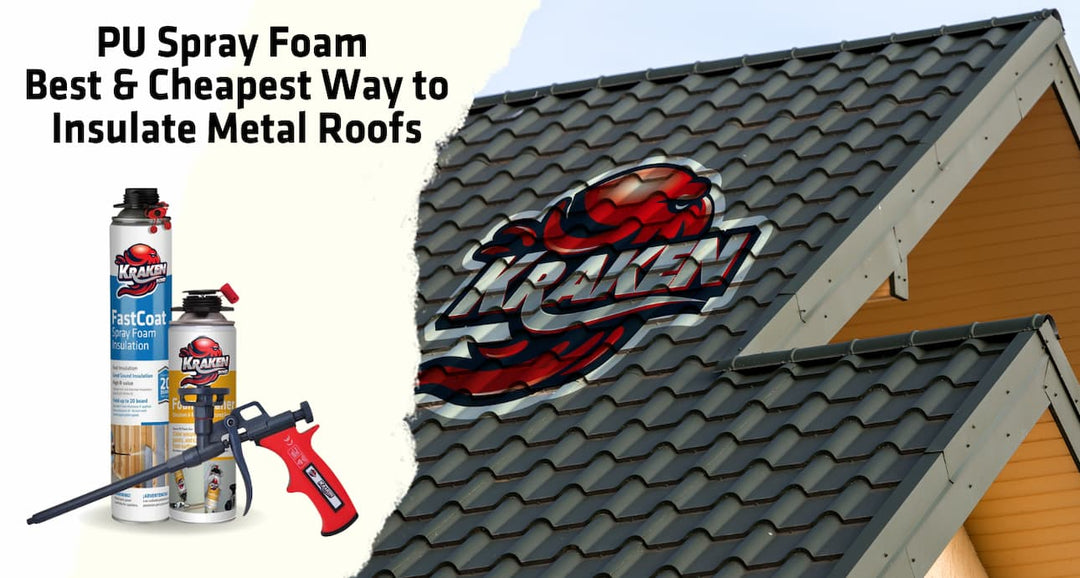

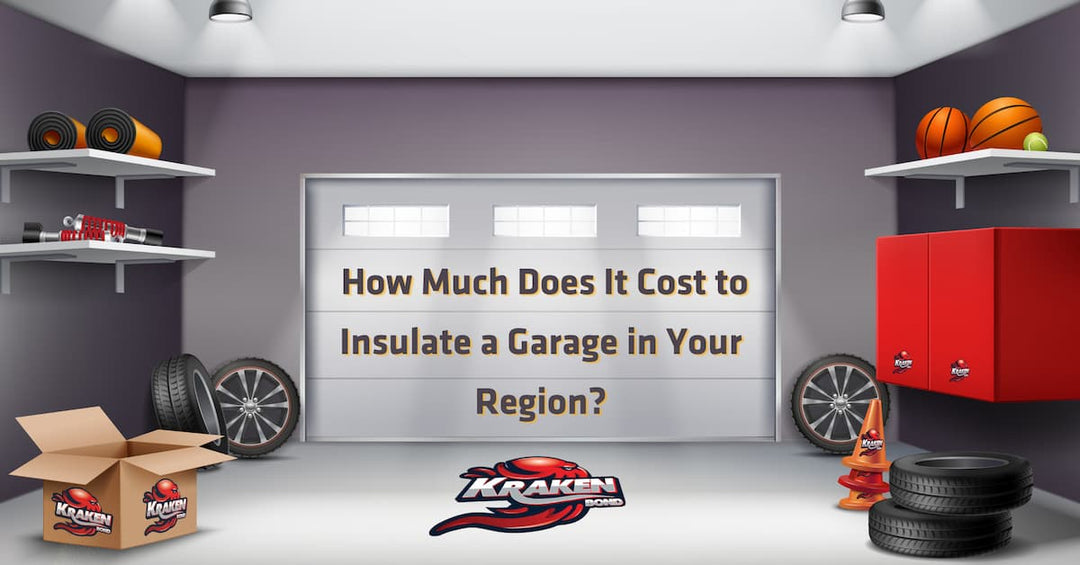
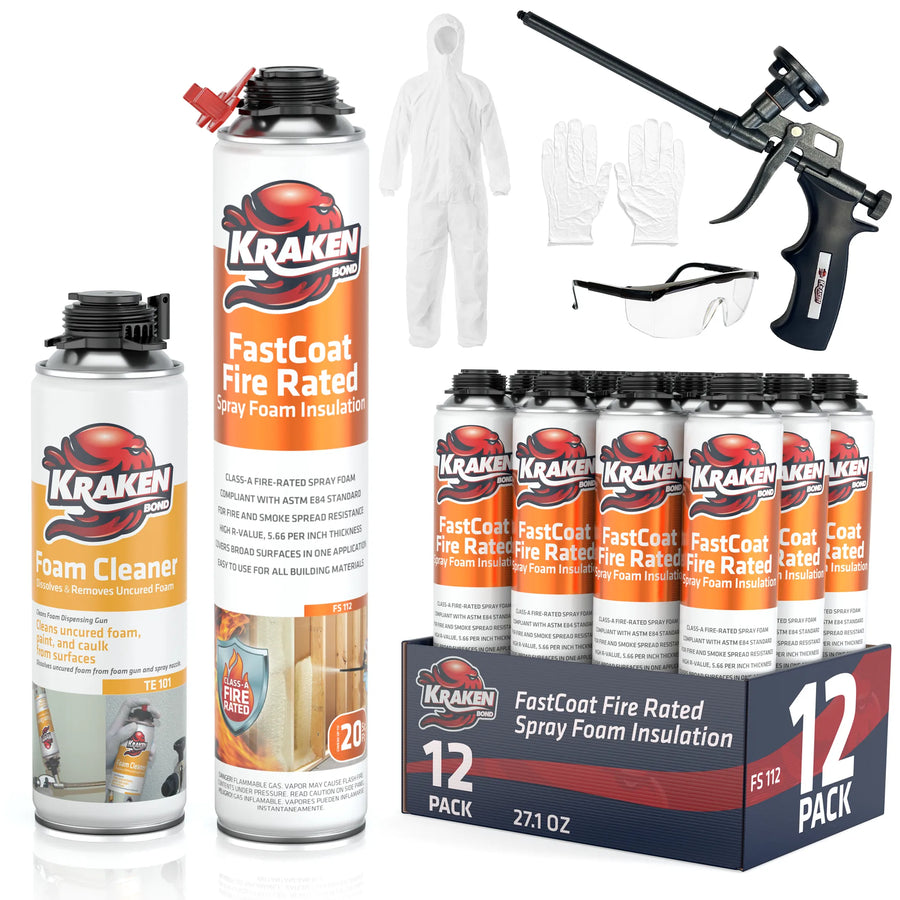








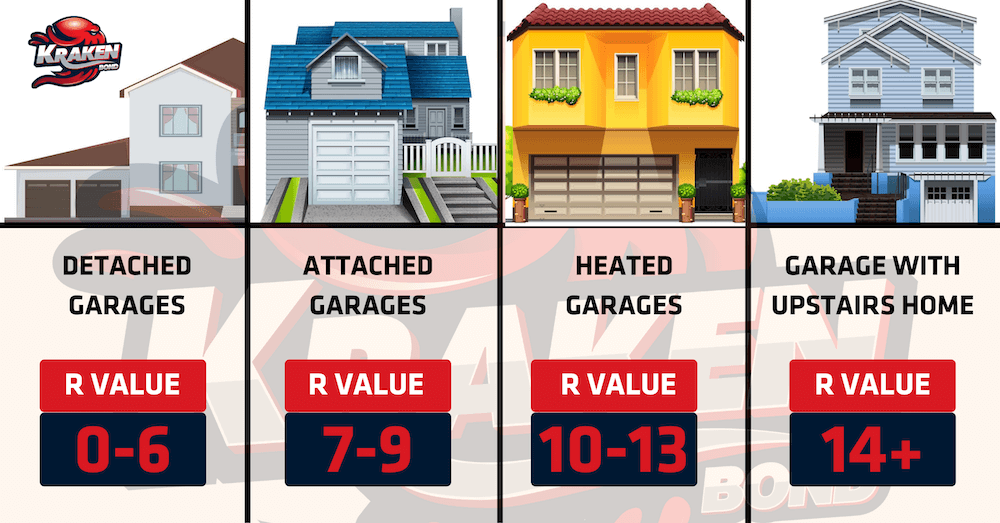

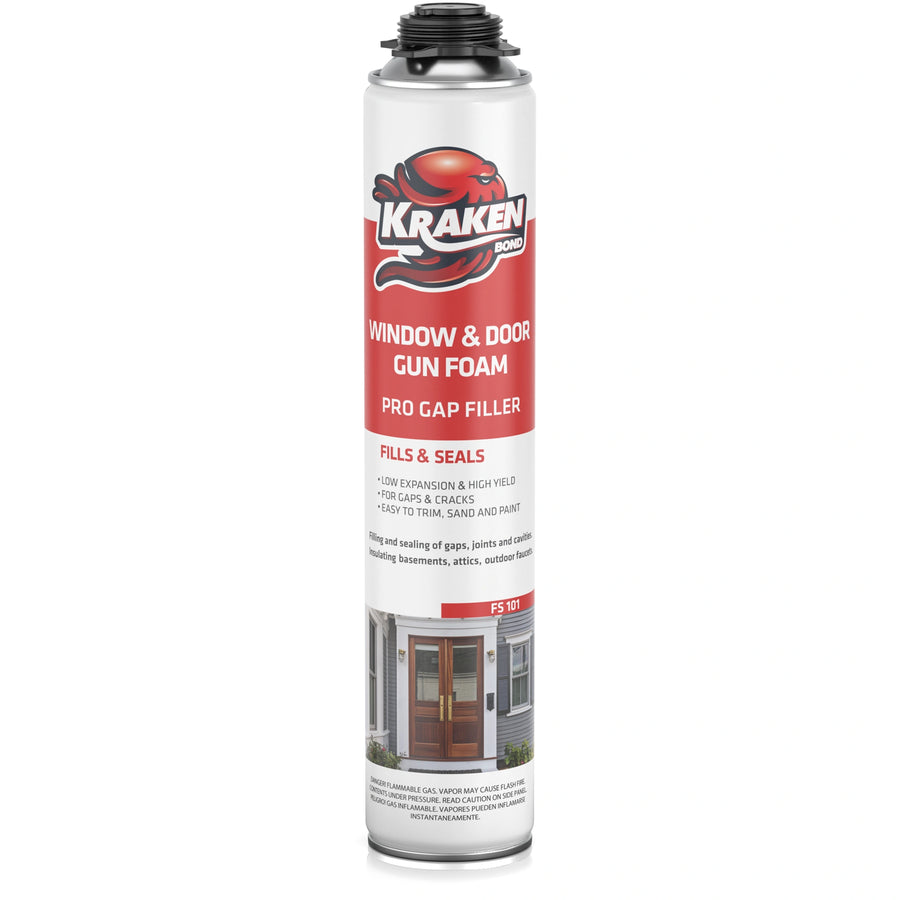
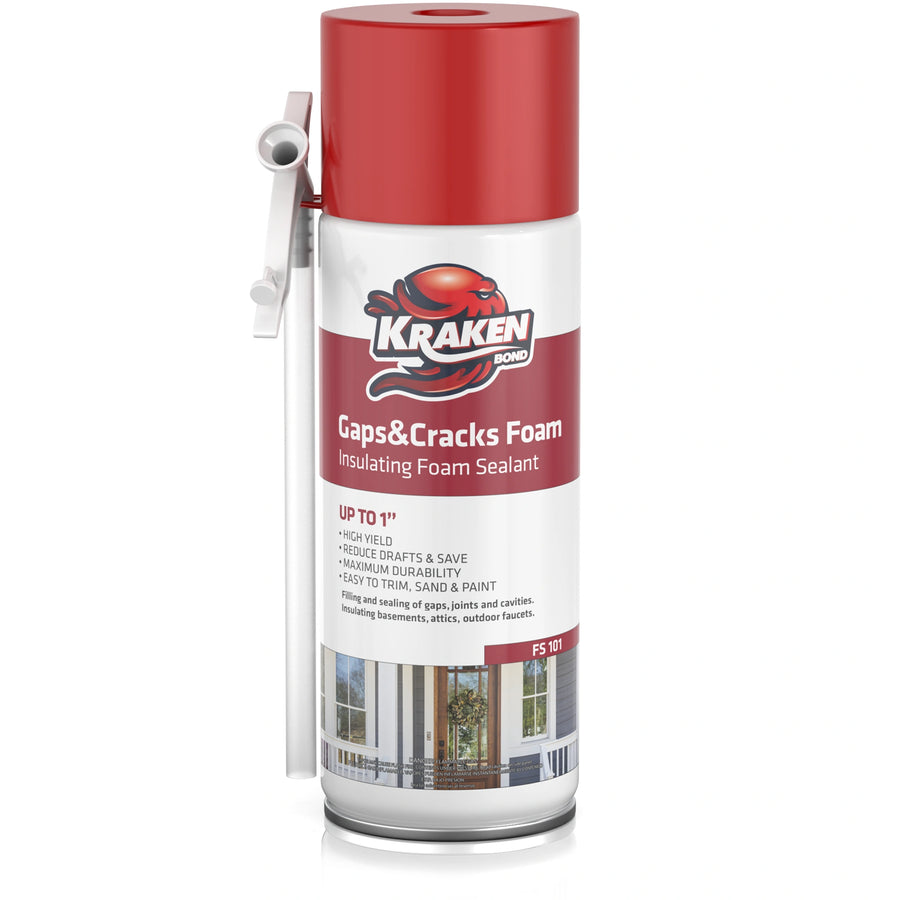
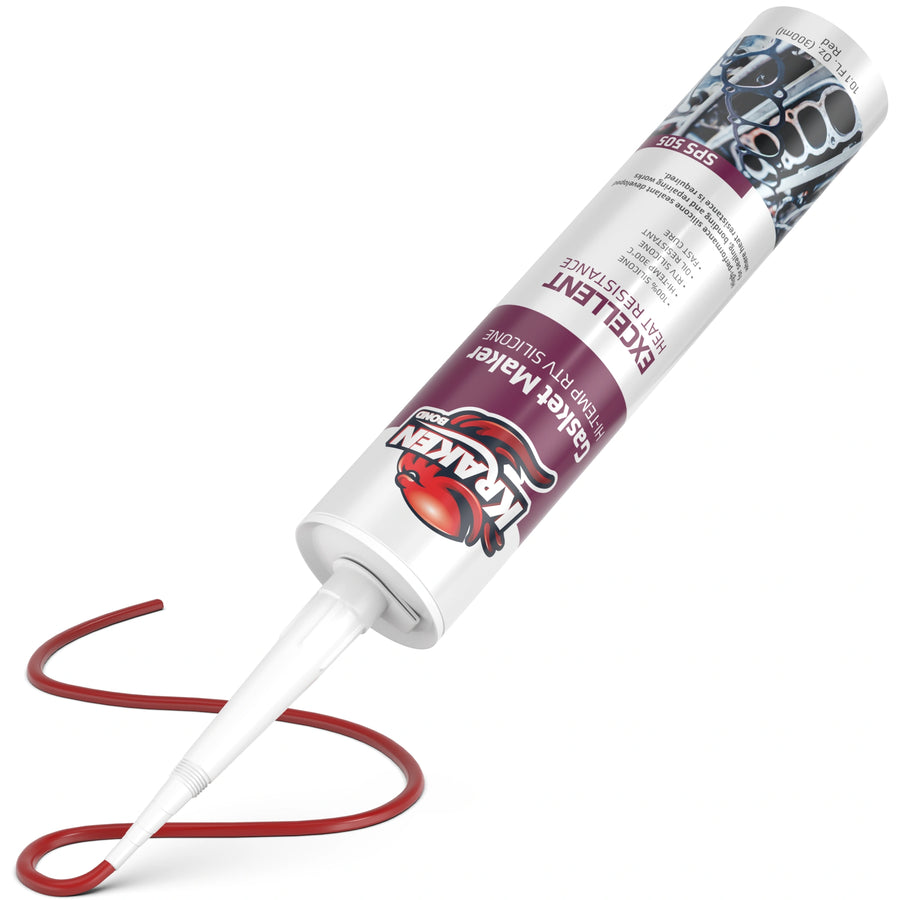
Leave a comment